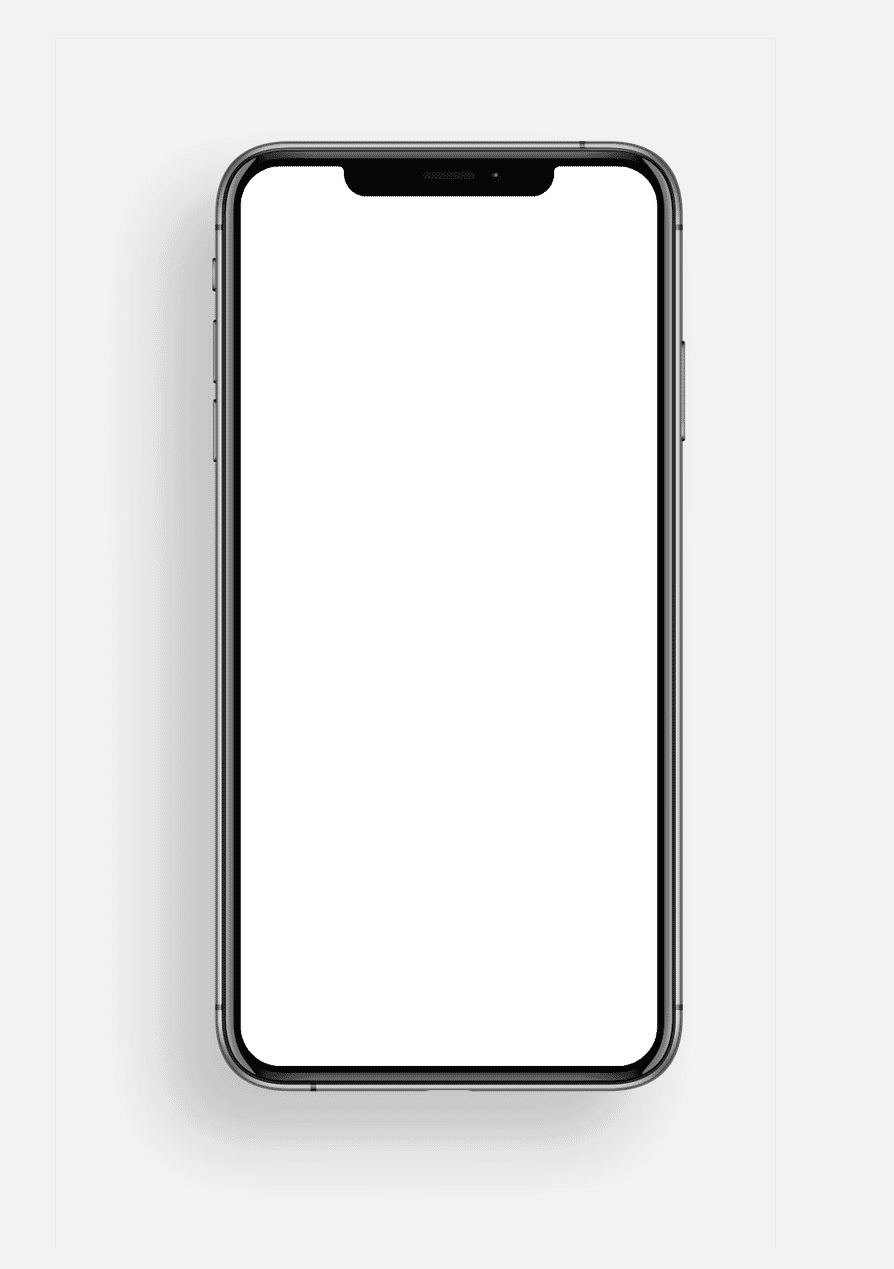There are vintage watches you wear to impress people. And then there’s Cartier – a brand that doesn’t chase attention, but tends to keep it.
Unlike other heritage watchmakers, Cartier isn’t obsessed with mechanical dominance or sports watch clout. Its watches were made for wrists that didn’t see much manual labour – wrists that signed treaties, scribbled novels, opened opera programmes. Cartier made watches for people who already had everything else.
That’s what makes vintage Cartier so appealing today. The proportions are elegant, the details are subtle, and the designs haven’t really changed in 50 or 100 years. The watches look just as good now as they did then – and in a market flooded with hulking divers and reissue fatigue, that restraint feels oddly modern.
And while prices have crept up over the past five years, Cartier remains one of the few blue-chip watch brands where you can still buy a piece of history without remortgaging the flat.

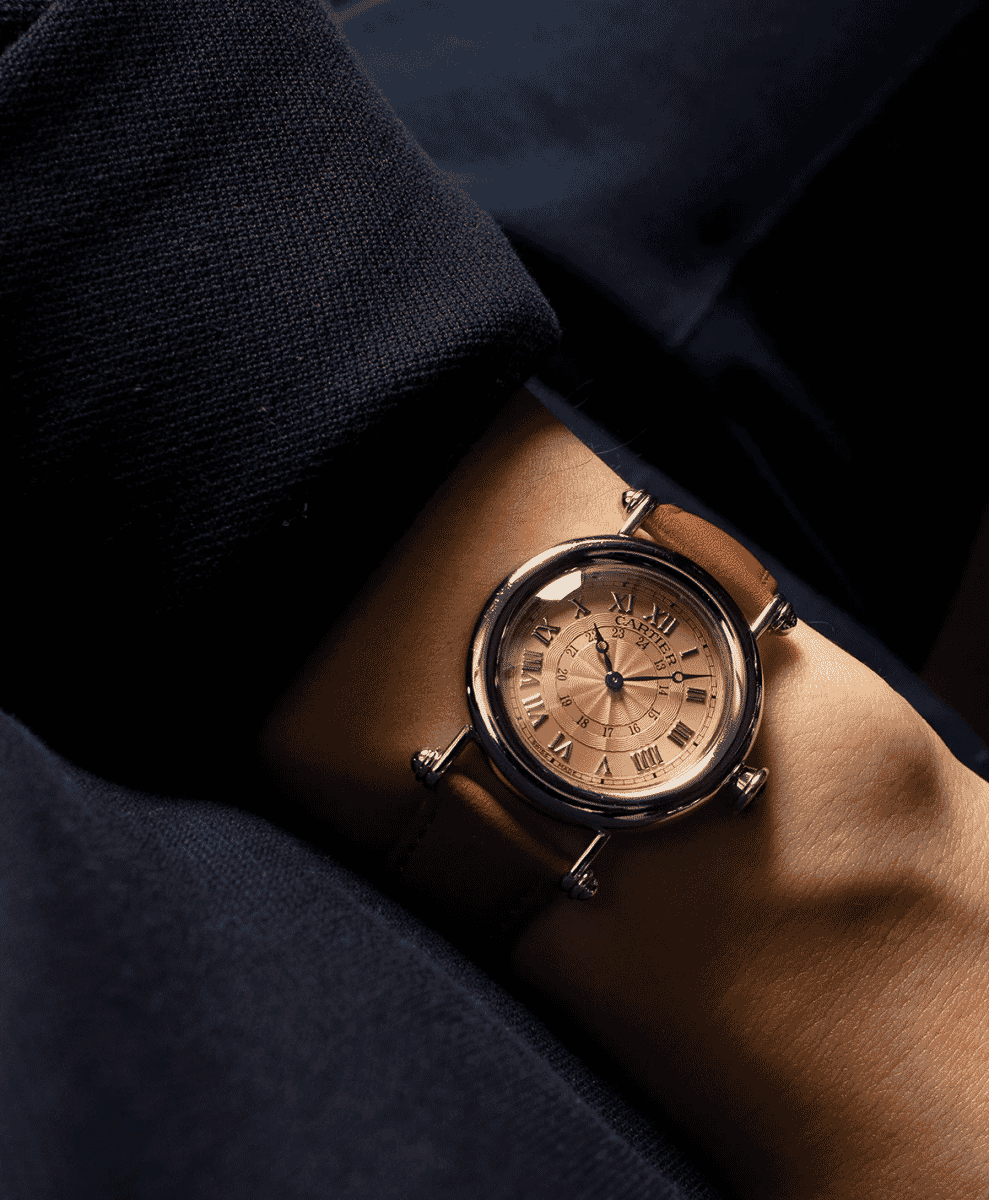
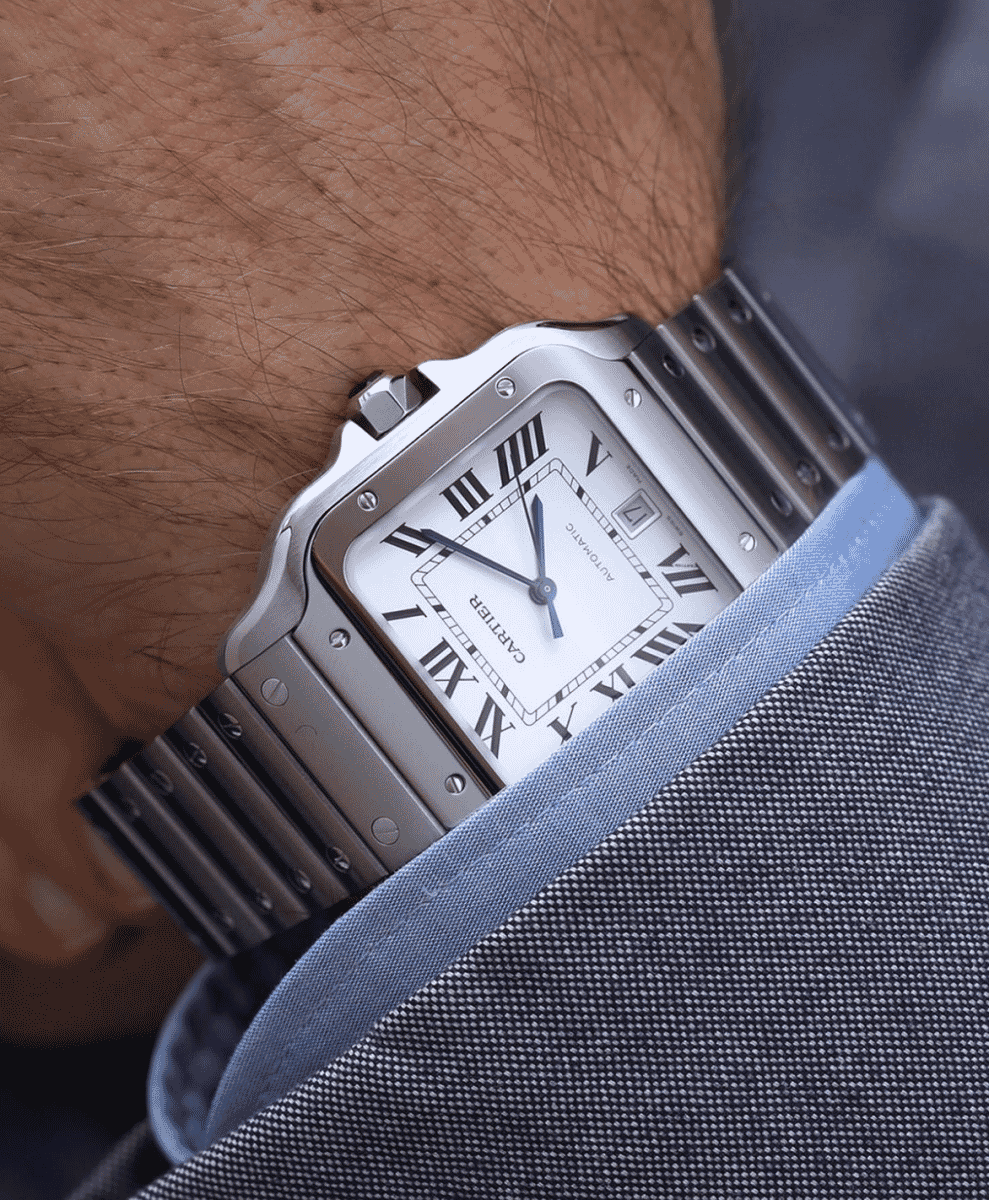
What counts as a vintage Cartier?
Cartier’s back catalogue is vast, but for collectors, “vintage” usually means anything pre-2000 – though the real sweet spot tends to be watches from the 1960s through the 1990s. During that period, Cartier experimented with scale, shapes, and dial configurations in a way few Swiss brands dared to.
Some watches are manual-wind, others quartz. Some use silver-gilt cases, others solid gold or steel. What unites them is a focus on form and proportion. You don’t buy a vintage Cartier for the movement. You buy it for the silhouette.
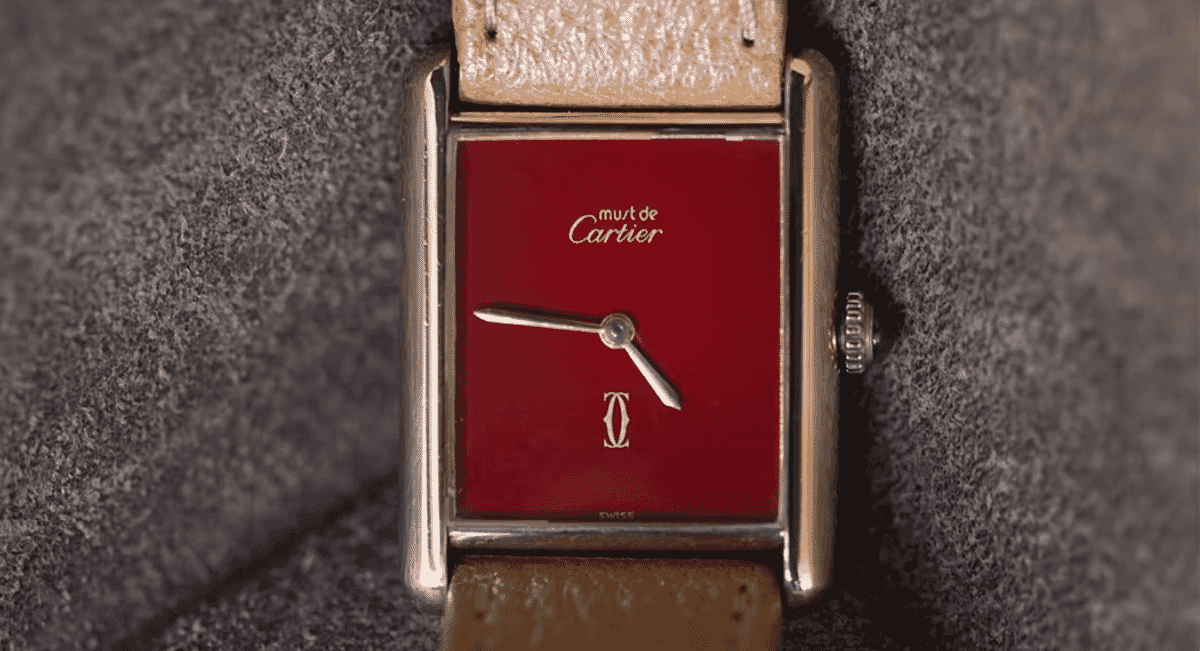
Why buy vintage instead of new?
Cartier’s modern lineup is strong – the Privé collection especially – but the vintage pieces often feel purer. They’re smaller, lighter, more direct in their design language. They weren’t built for mass-market appeal or for flexing on Instagram. They were built to disappear under a well-cut cuff.
Many are still undervalued compared to vintage Rolexes or Patek. And while that’s starting to change, it means there’s still a window where taste can outpace hype.
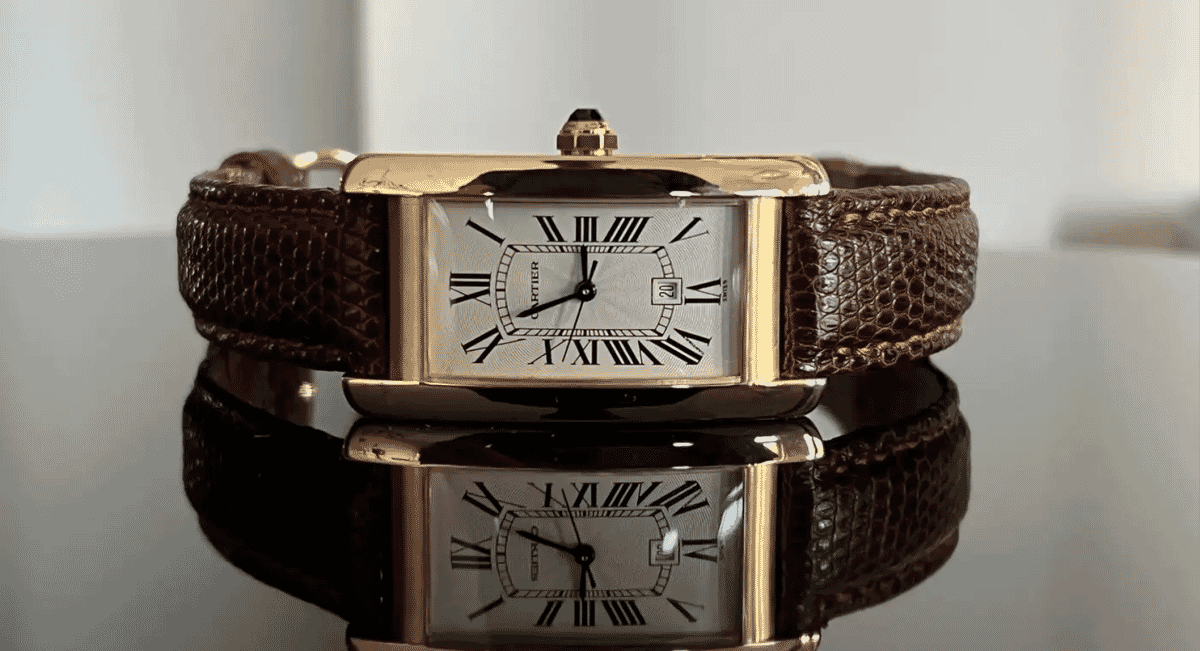
What to look for when buying vintage Cartier
Vintage Cartier isn’t as straightforward as vintage Rolex. There are fewer reference numbers, less documentation, and more dial variations. That’s part of the charm – but it also means you need to know what you’re looking at. Here are a few key things to check:
Case material: Many Must de Cartier watches are silver with gold plating (vermeil). Look for wear on the lugs and case edges.
Dial originality: Repainted or redialled Cartiers are common. Original dials tend to have crisp printing, correct typefaces and natural ageing.
Movement: Cartier used a mix of quartz and mechanical movements. Both can be collectible, but manual-wind tends to fetch a premium.
Signatures: Pay attention to where “Cartier” is signed – on the dial, case back, clasp, and sometimes hidden in the Roman numerals.
Condition and provenance: As ever, a well-kept, original example with documentation will always be more desirable long-term.
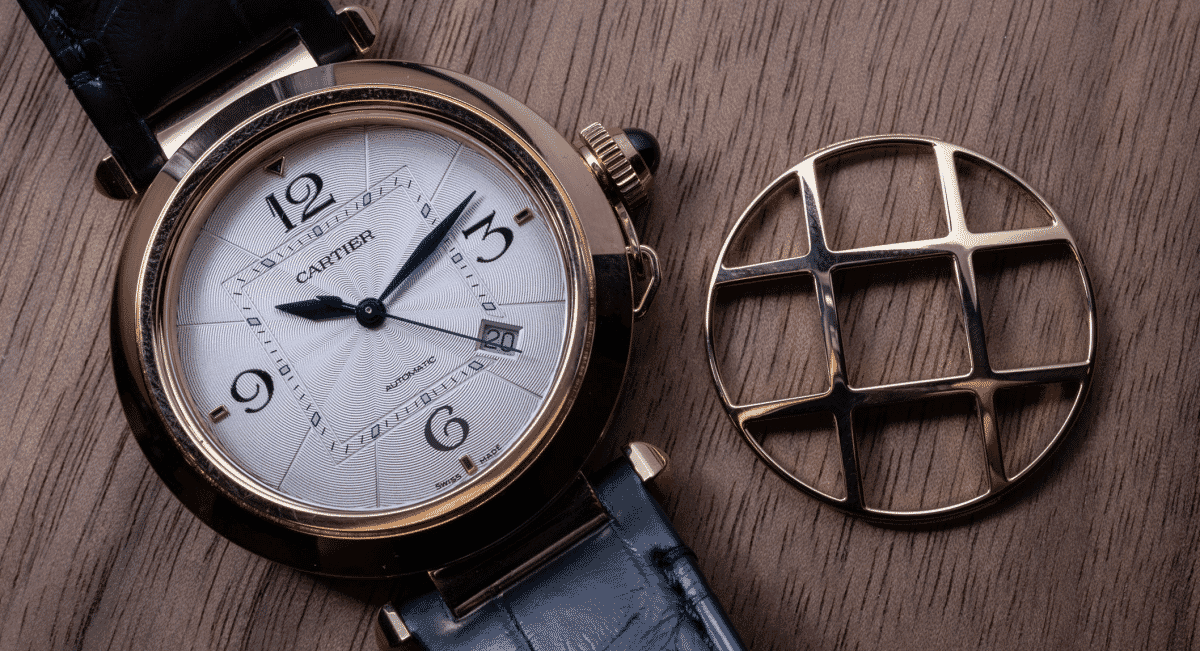
10 of the best vintage Cartier watches to buy now
These are the classics – watches that are still relatively available, stylistically enduring, and wearable without fuss. Some are sleeper hits. Others are icons. All of them deserve a place on your radar.
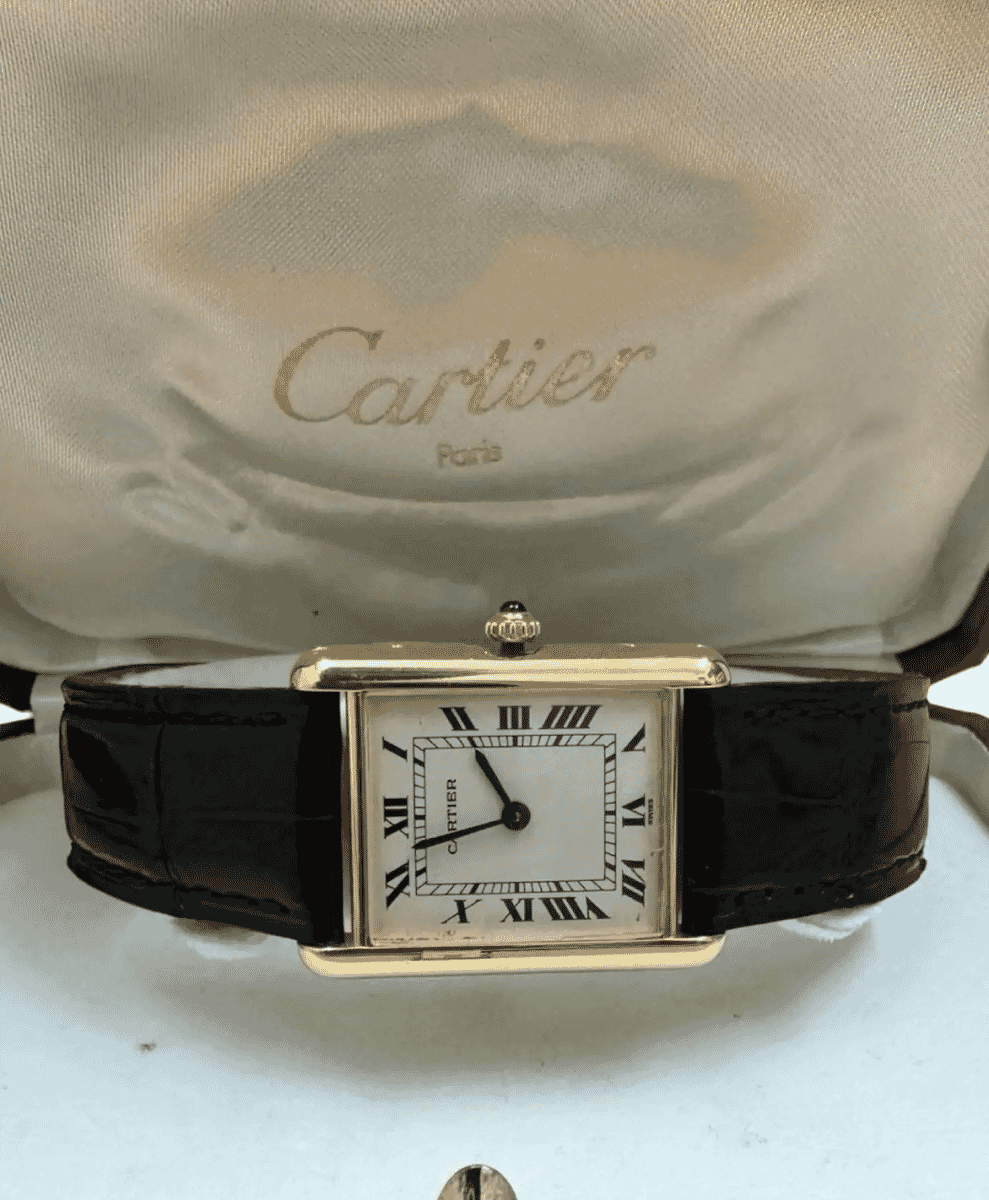
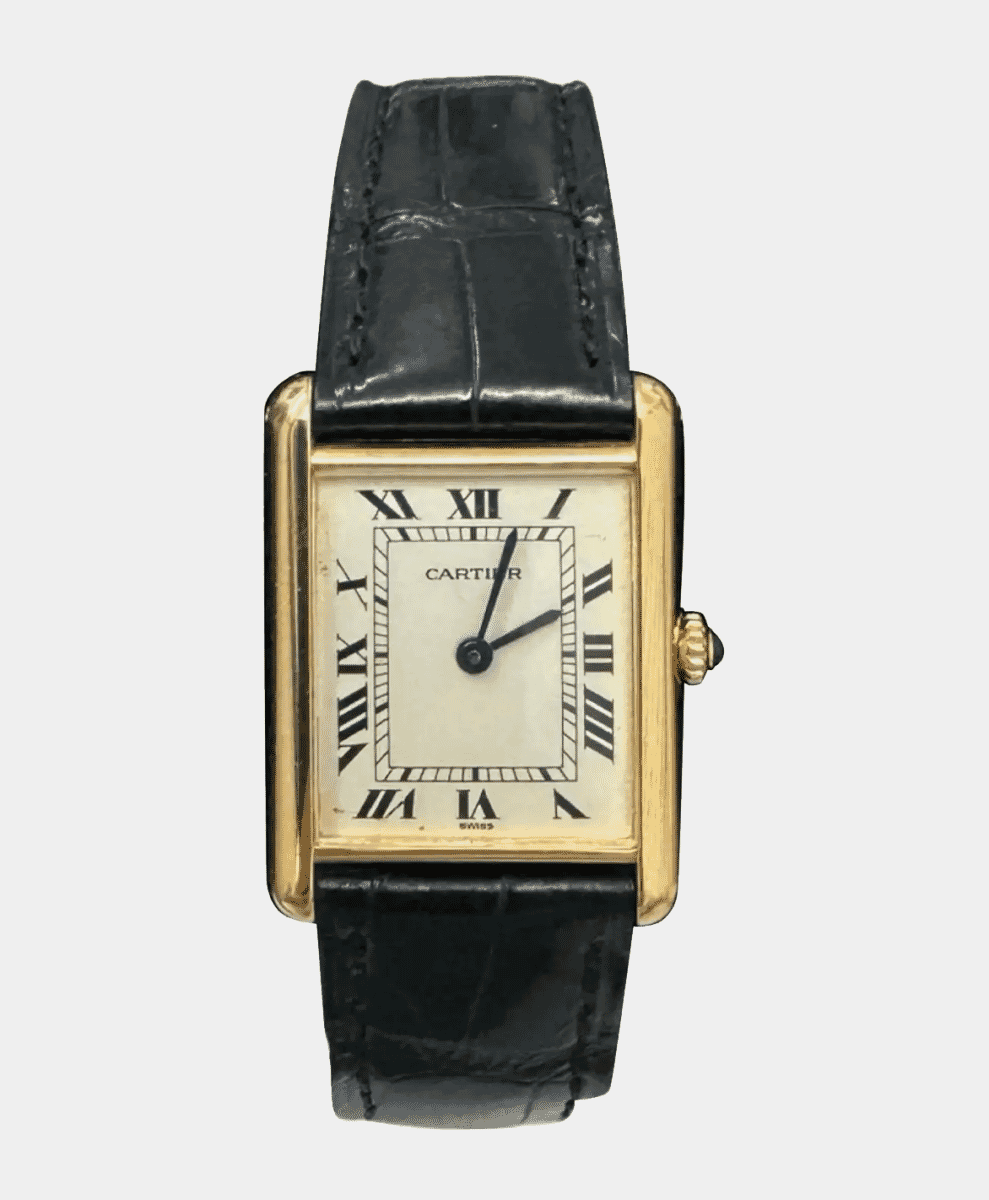

Cartier Tank Louis
The definitive Cartier watch. It dates back to 1922, but vintage examples from the 1970s through the ’90s are the sweet spot: slim gold cases, brushed dials, and blued hands that don’t shout for attention. Manual-wind versions carry the most weight, but some quartz examples are still very well made. Look for signed clasps and Paris-signed dials for added interest. It’s refined, elegant and unmistakably Cartier – the watch that launched a thousand wrist shots.
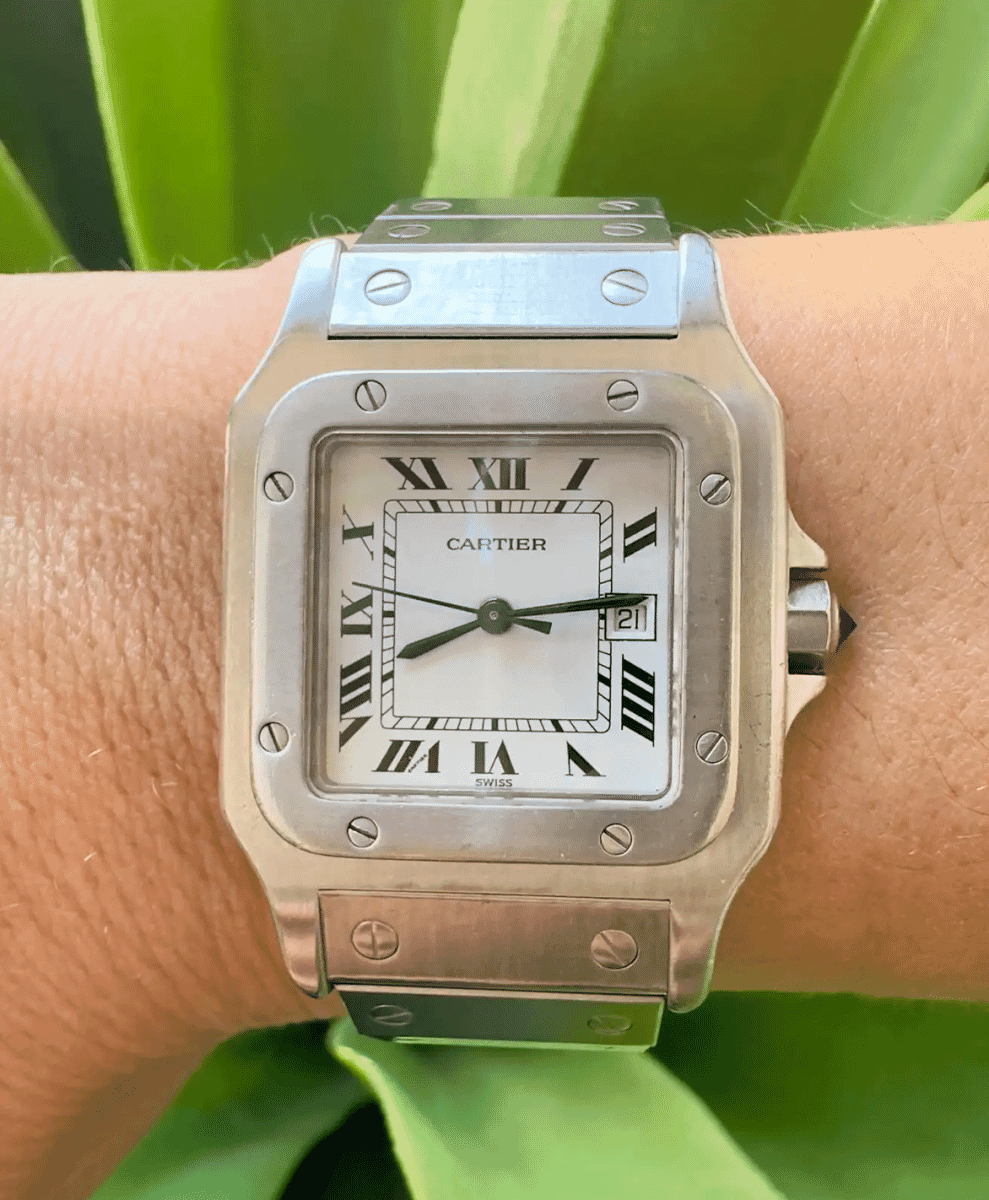
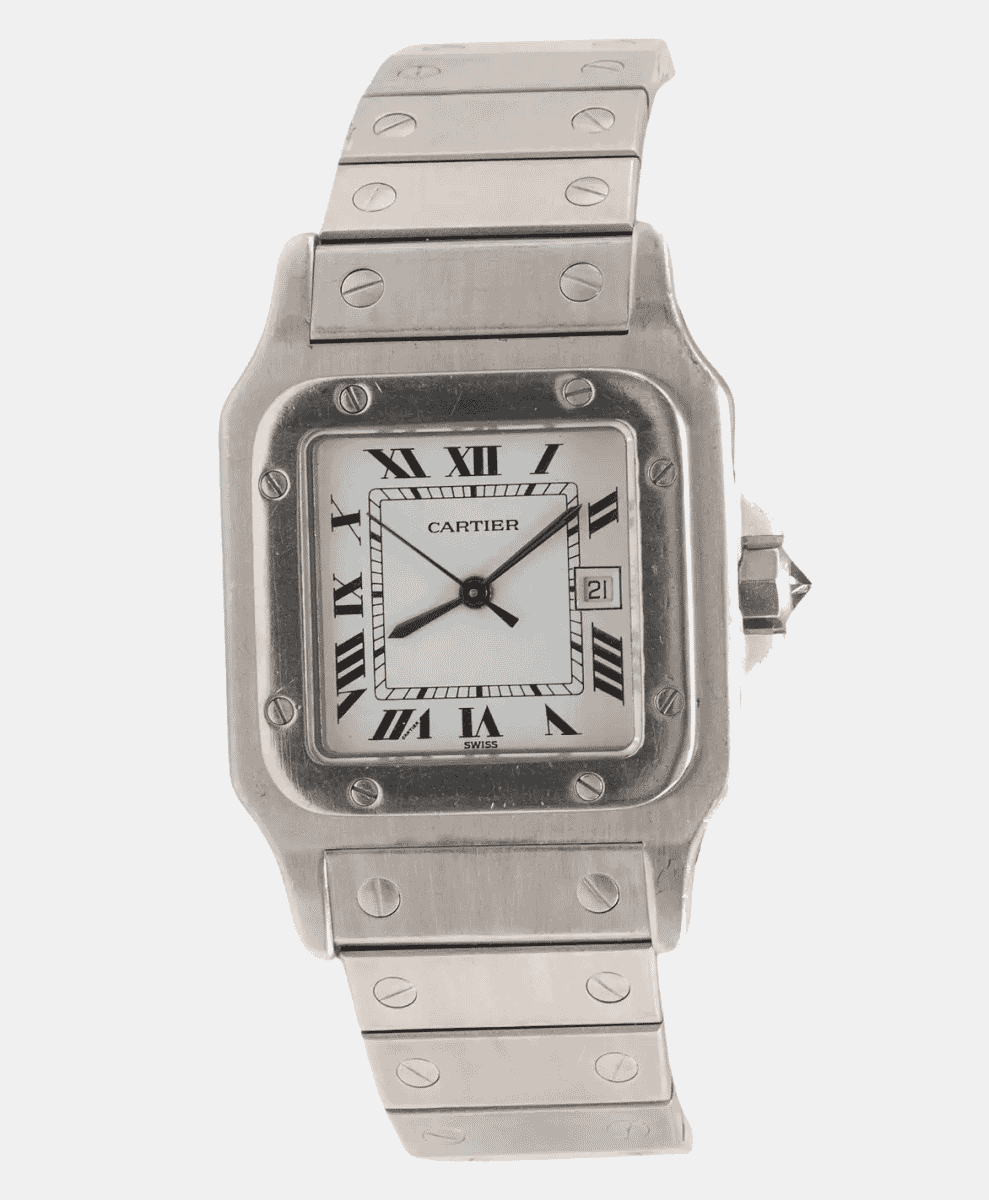
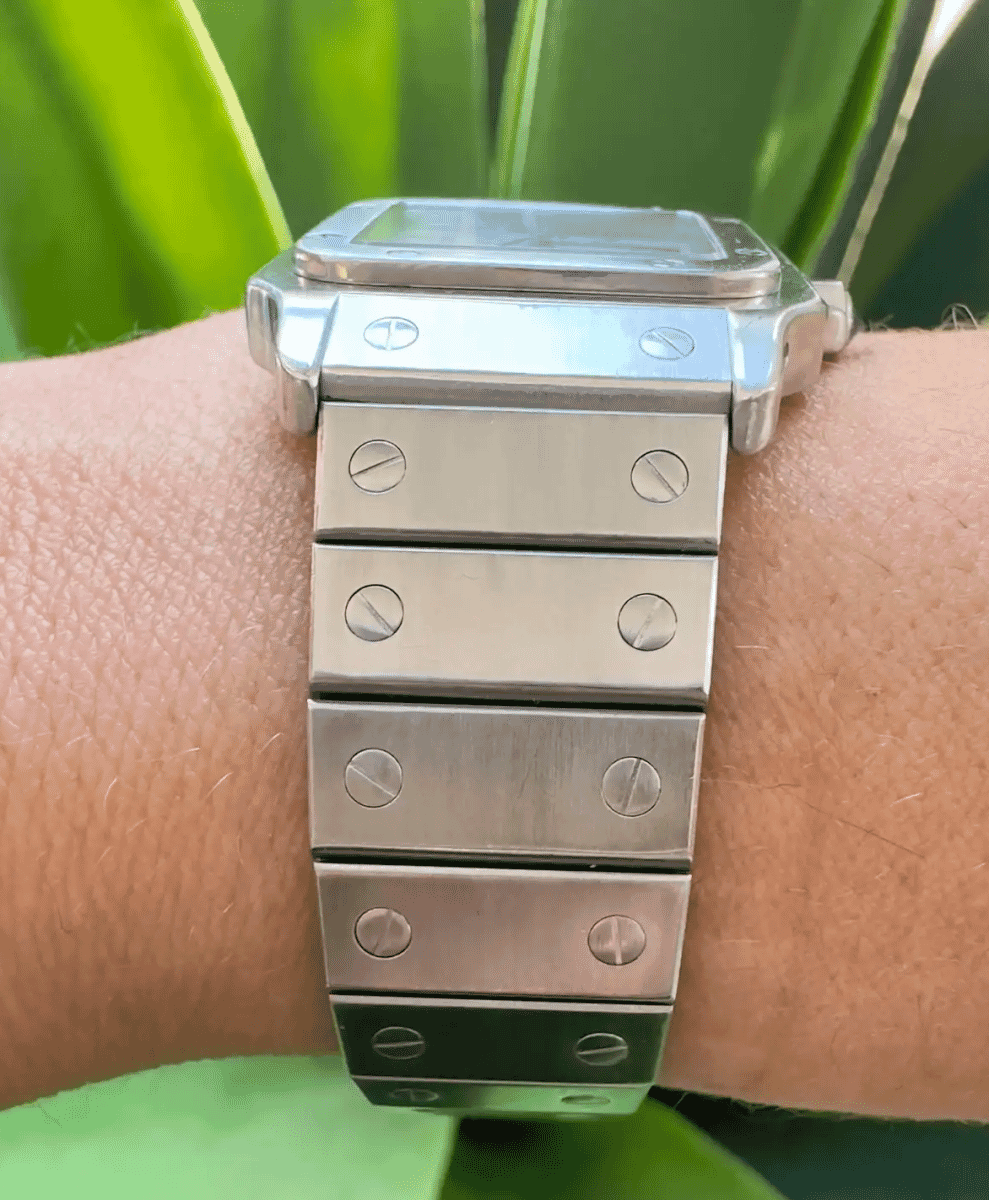
Cartier Santos
Cartier’s first sports watch, originally designed in 1904 but reimagined in steel and gold for the 1970s jet set. The squared-off case, visible screws and bracelet integration are all still present in the current line, but vintage models have more charm – thinner cases, warmer tones, better proportions. Ref. 2961 or early Galbée versions are particularly wearable. A perfect mix of Parisian design and sporty swagger.

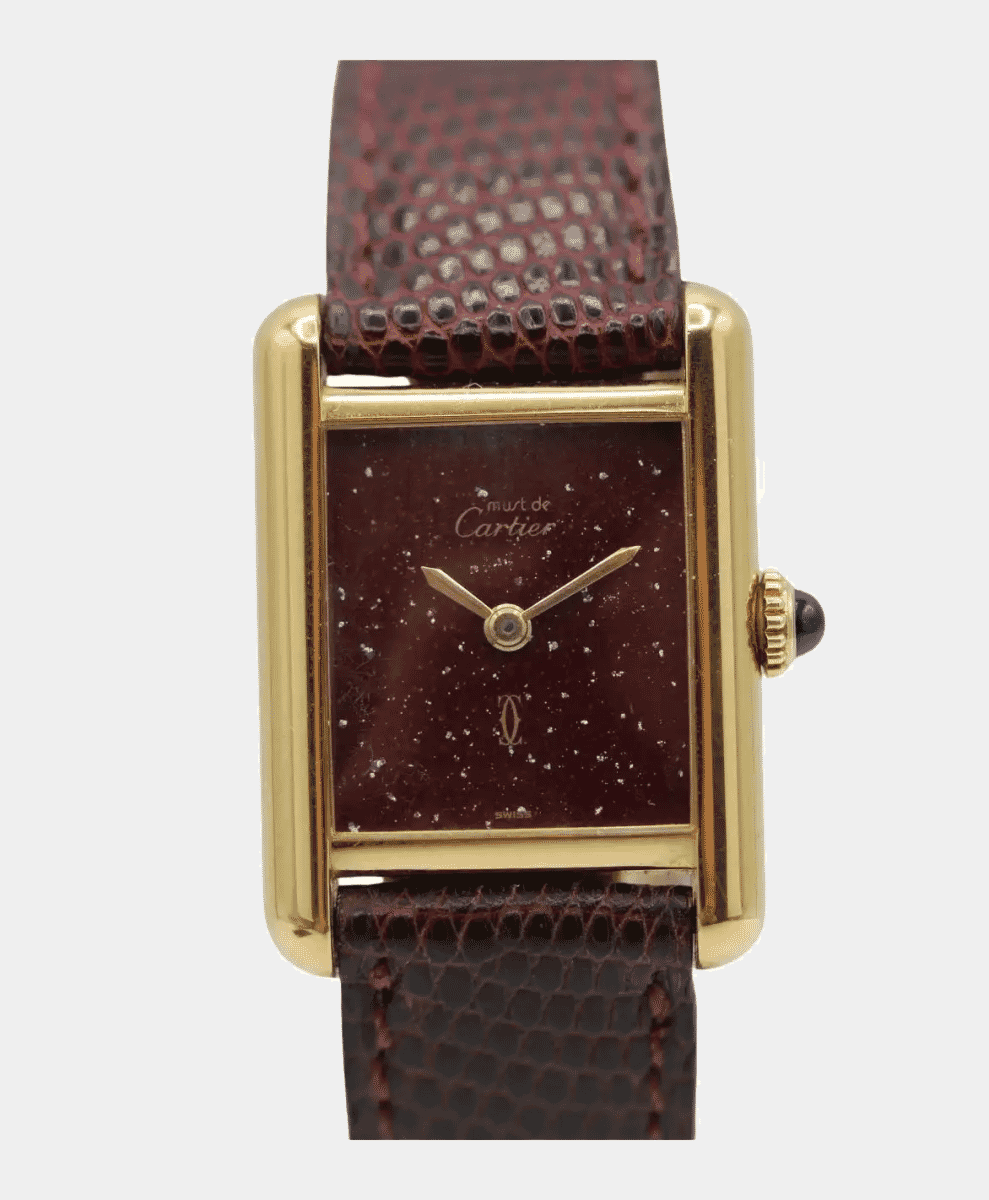
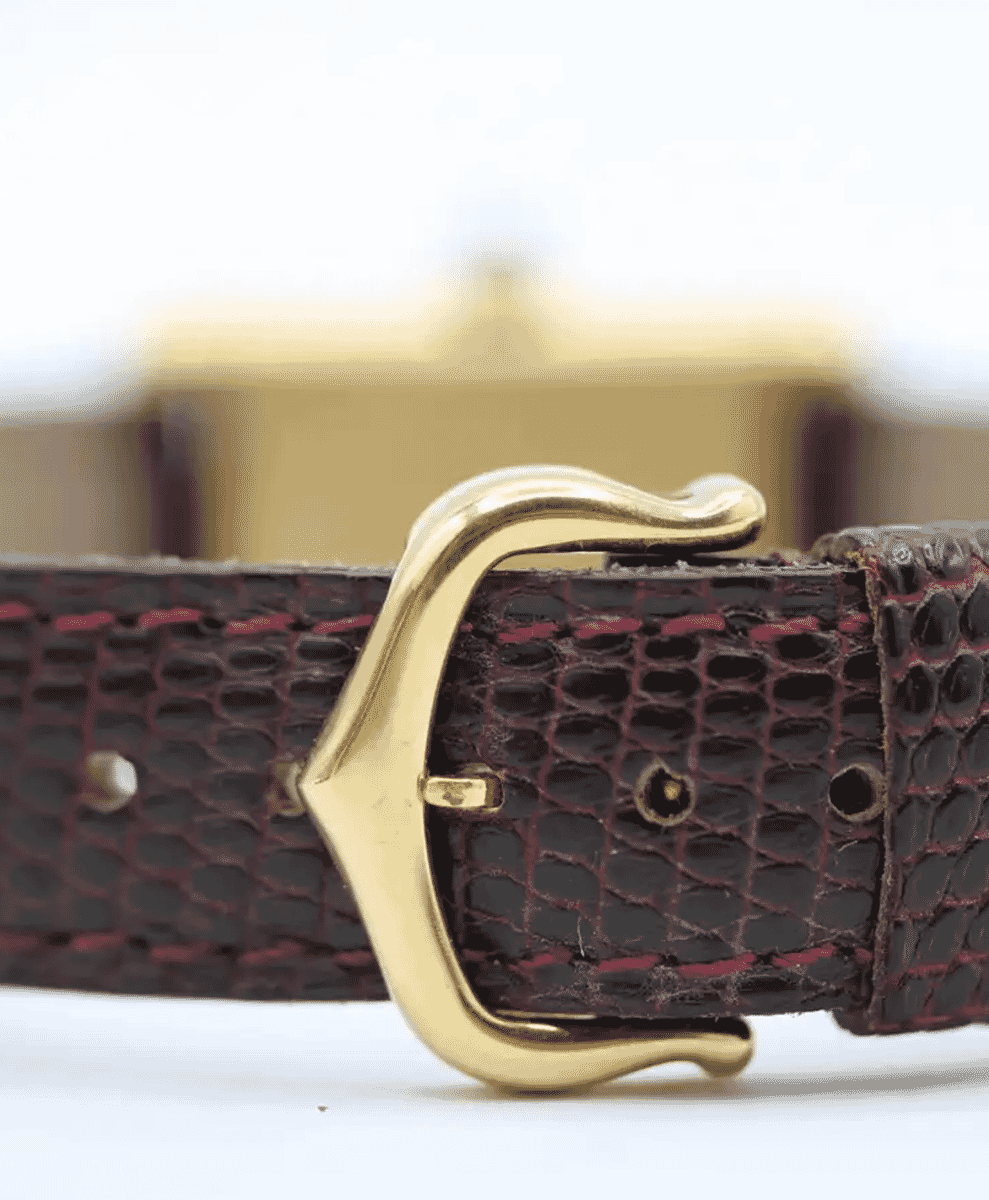
Cartier Tank Must de Cartier (1970s – ’90s)
The entry point – and still a strong one. Created as a more accessible version of the Tank Louis, the Must line came in silver-gilt cases and often quartz movements, but the design language is pure Cartier. Many feature lacquered coloured dials (burgundy, navy, forest green) that have since become cult favourites. The plating can wear, so condition matters – but if you find a good one, it’s a statement in understatement.
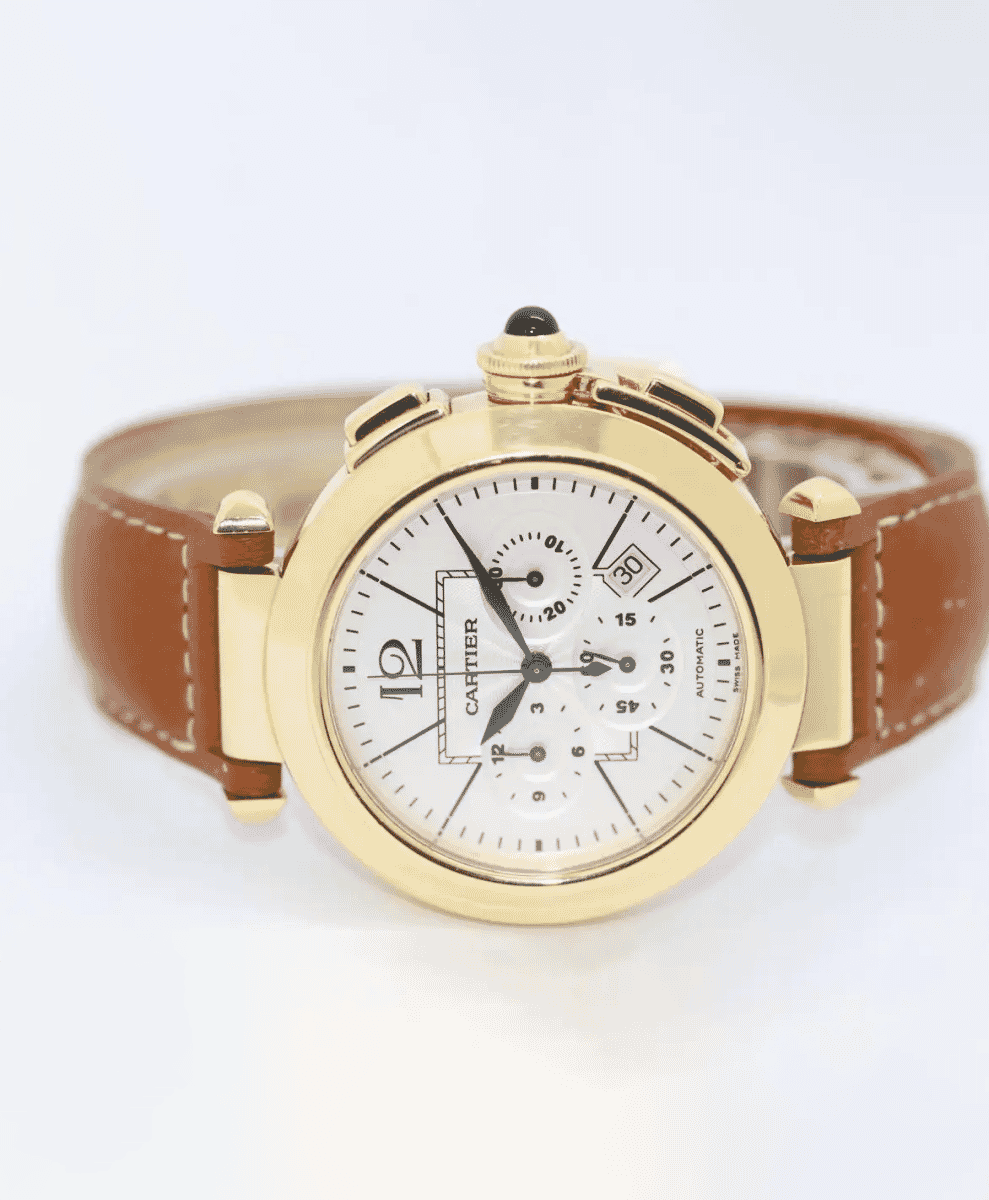
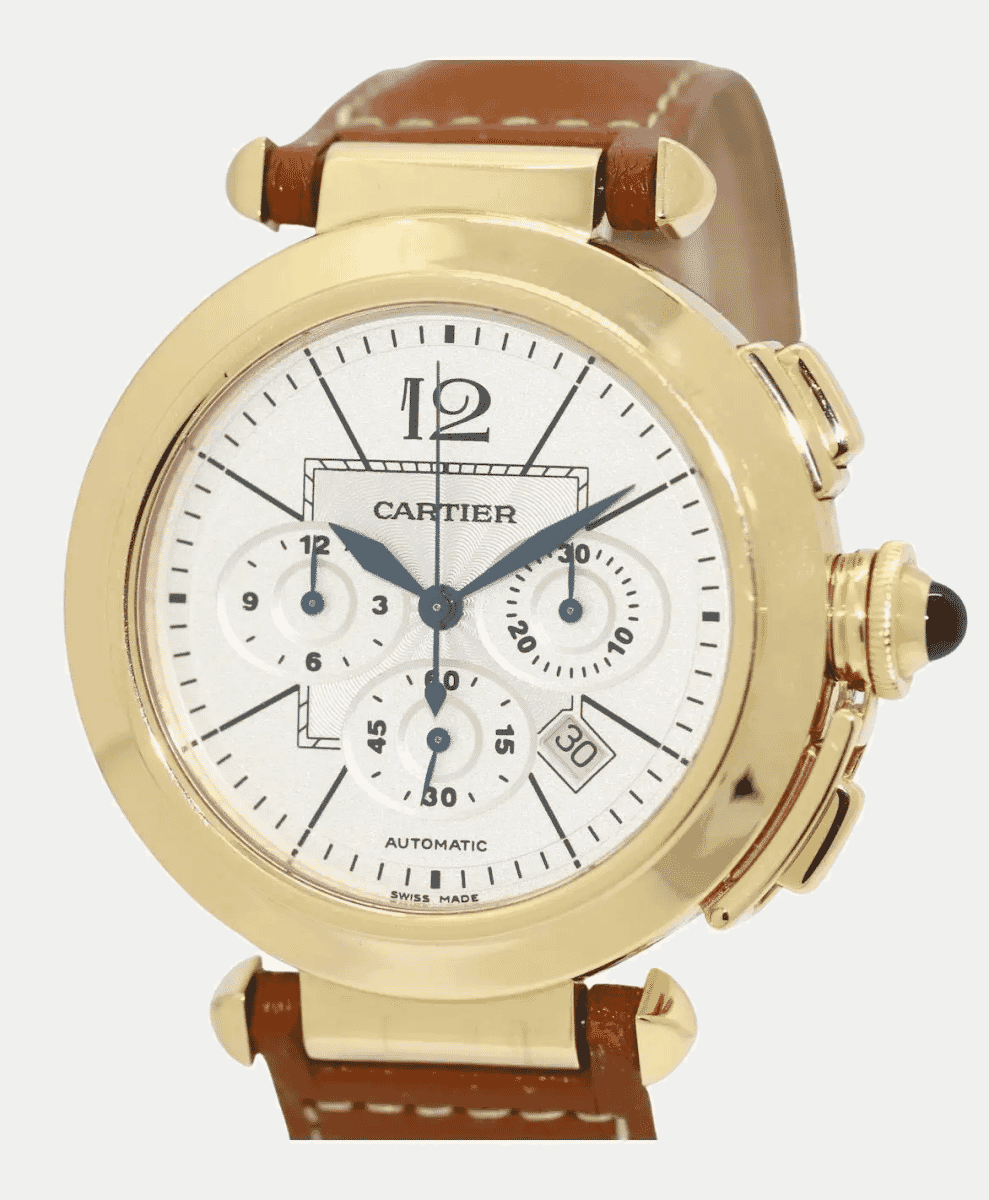

Cartier Pasha (1980s versions)
Cartier’s boldest ’80s creation. The Pasha has a distinctive round case, Vendôme lugs and a screw-down crown cap attached by a tiny chain. Gerald Genta had a hand in its redesign, which tells you a lot. Early examples often feature unusual grid-over-dial designs or military-style numerals. Not to everyone’s taste, but very Cartier in its ability to mix luxury and eccentricity.

Cartier Tank Américaine (early models)
The Américaine takes the Cintrée shape and makes it bolder: thicker case, slightly wider profile, more presence on the wrist. Introduced in the late ’80s and popular throughout the ’90s, vintage examples often have a satisfying mechanical heft, especially in yellow gold. Still flies a little under the radar compared to the Louis or Cintrée – which makes it a smart buy.
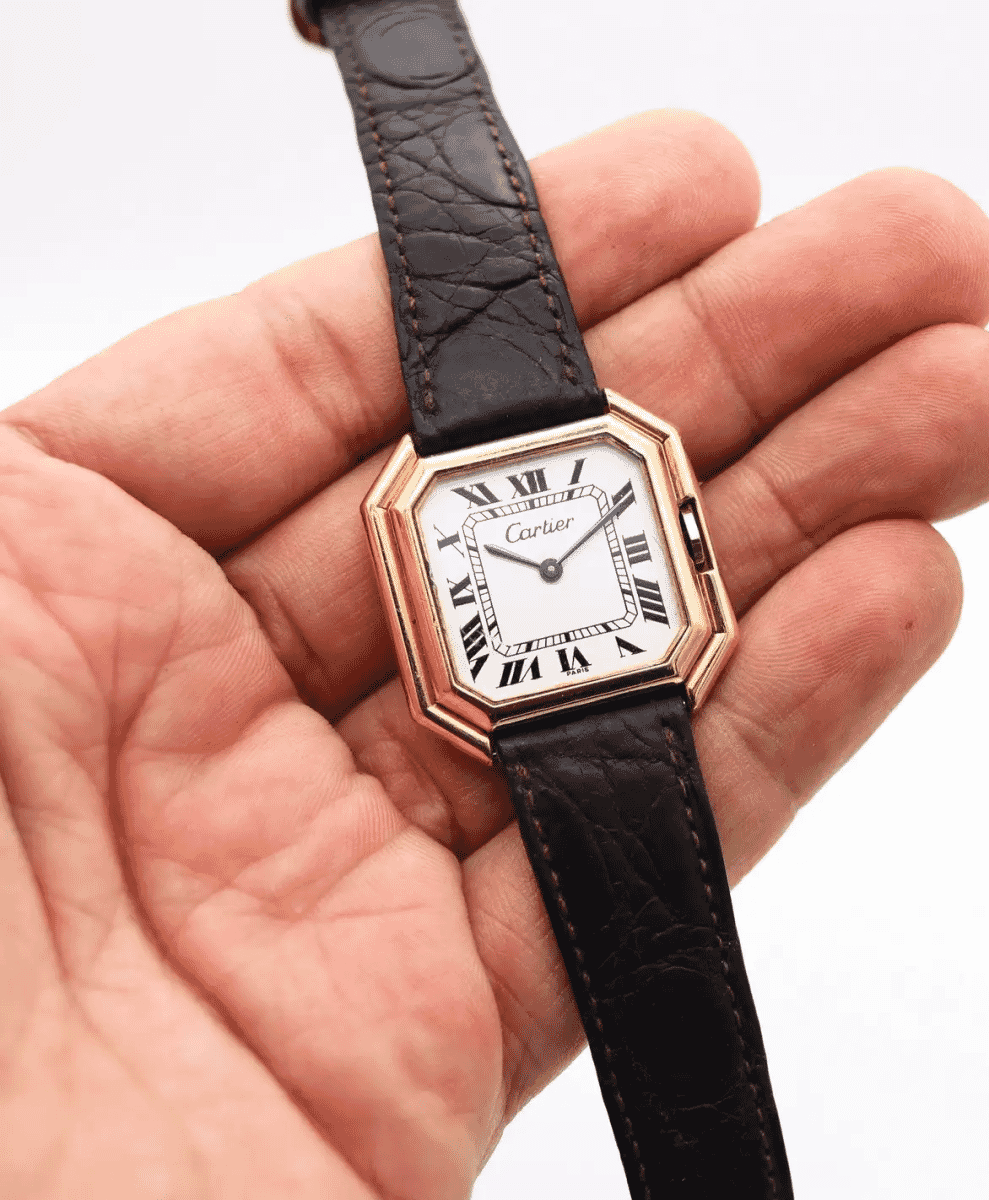
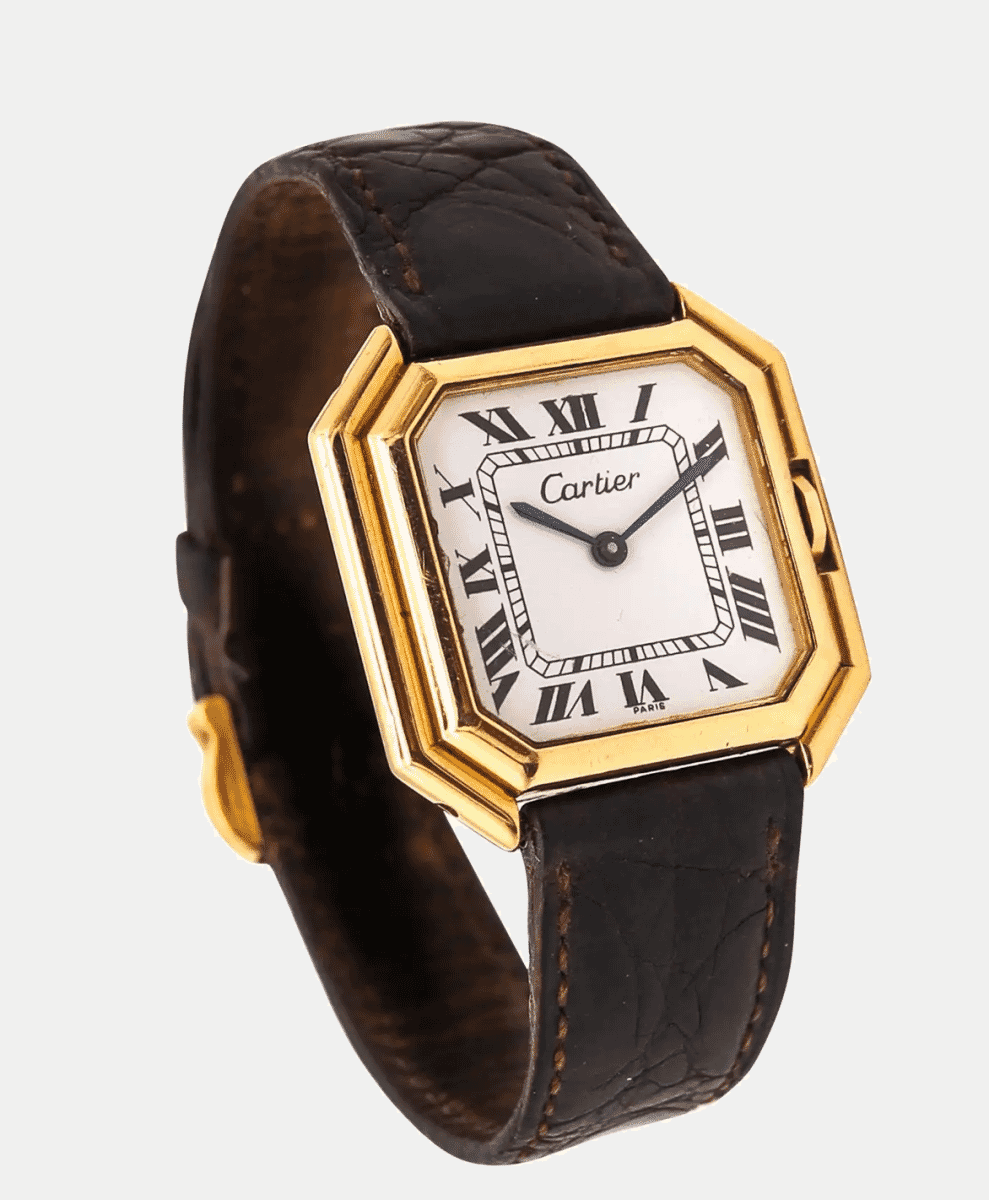
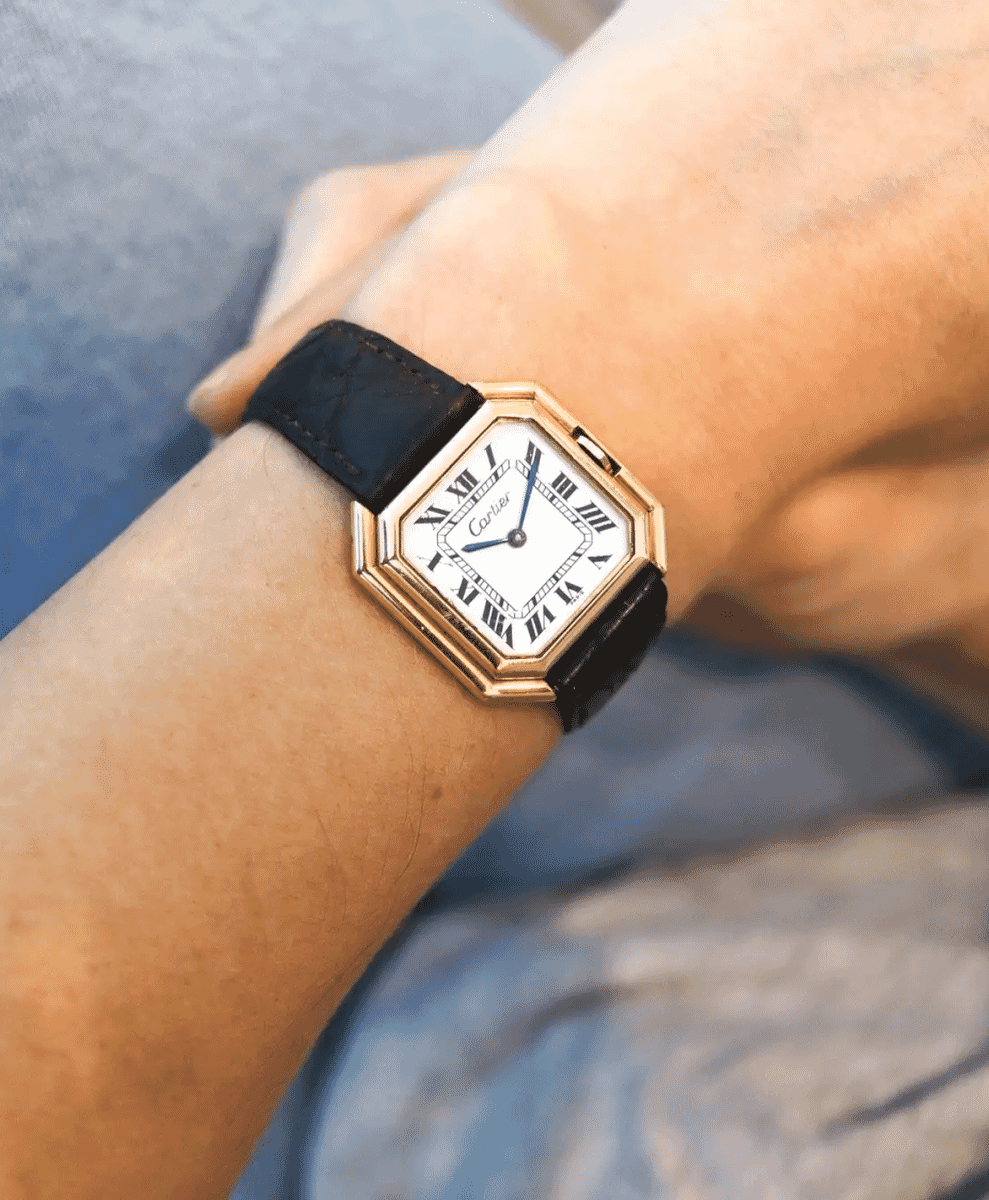
Cartier Ceinture
Ceinture means ‘belt’ in French, and this lesser-known model features an octagonal case designed to resemble a belt buckle. That sounds gimmicky, but it’s anything but. Produced mostly in the ’70s, often in gold, it’s slim, unusual and loaded with Cartier personality. Not many people have one – which only adds to its appeal. A subtle choice for connoisseurs.
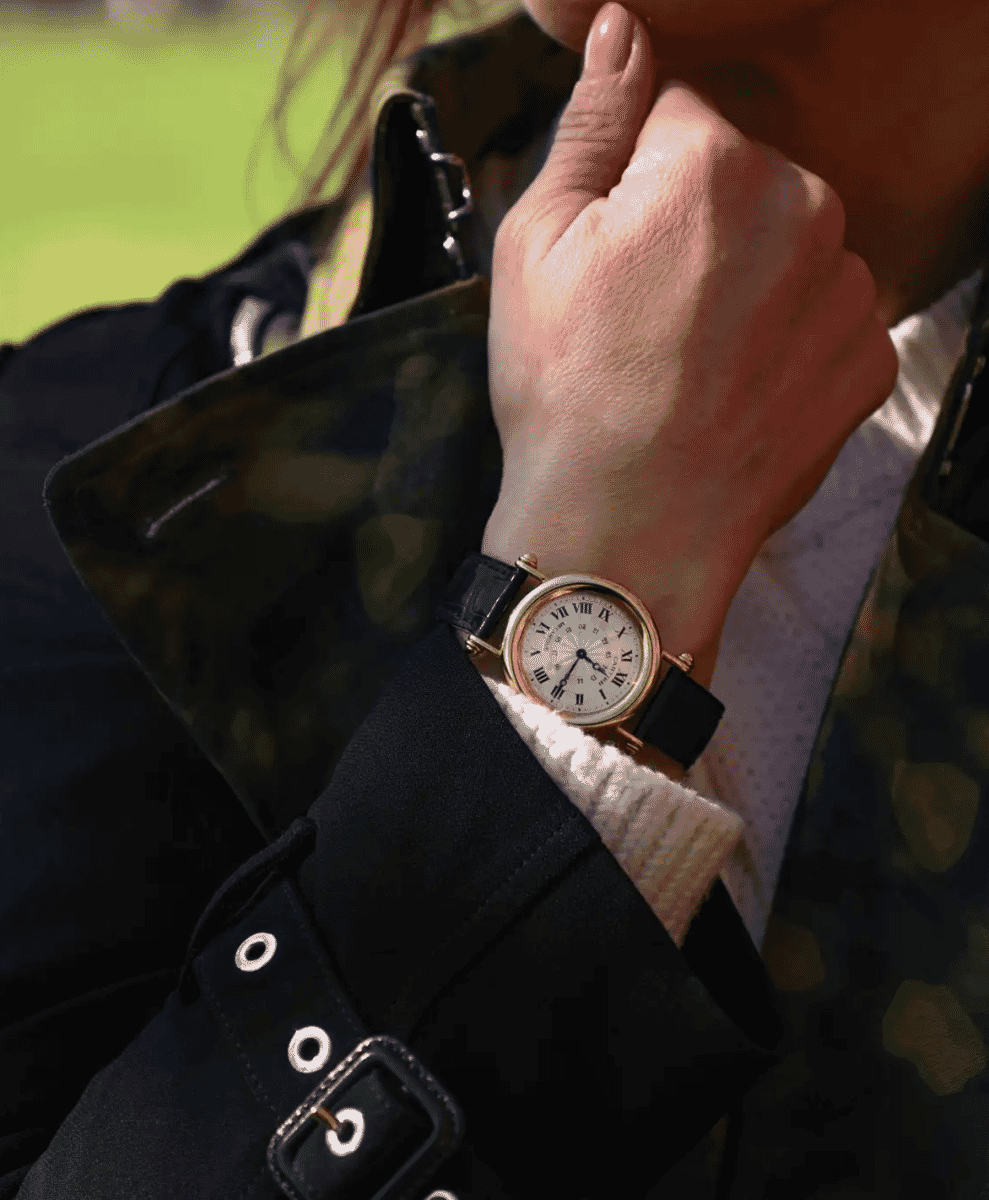

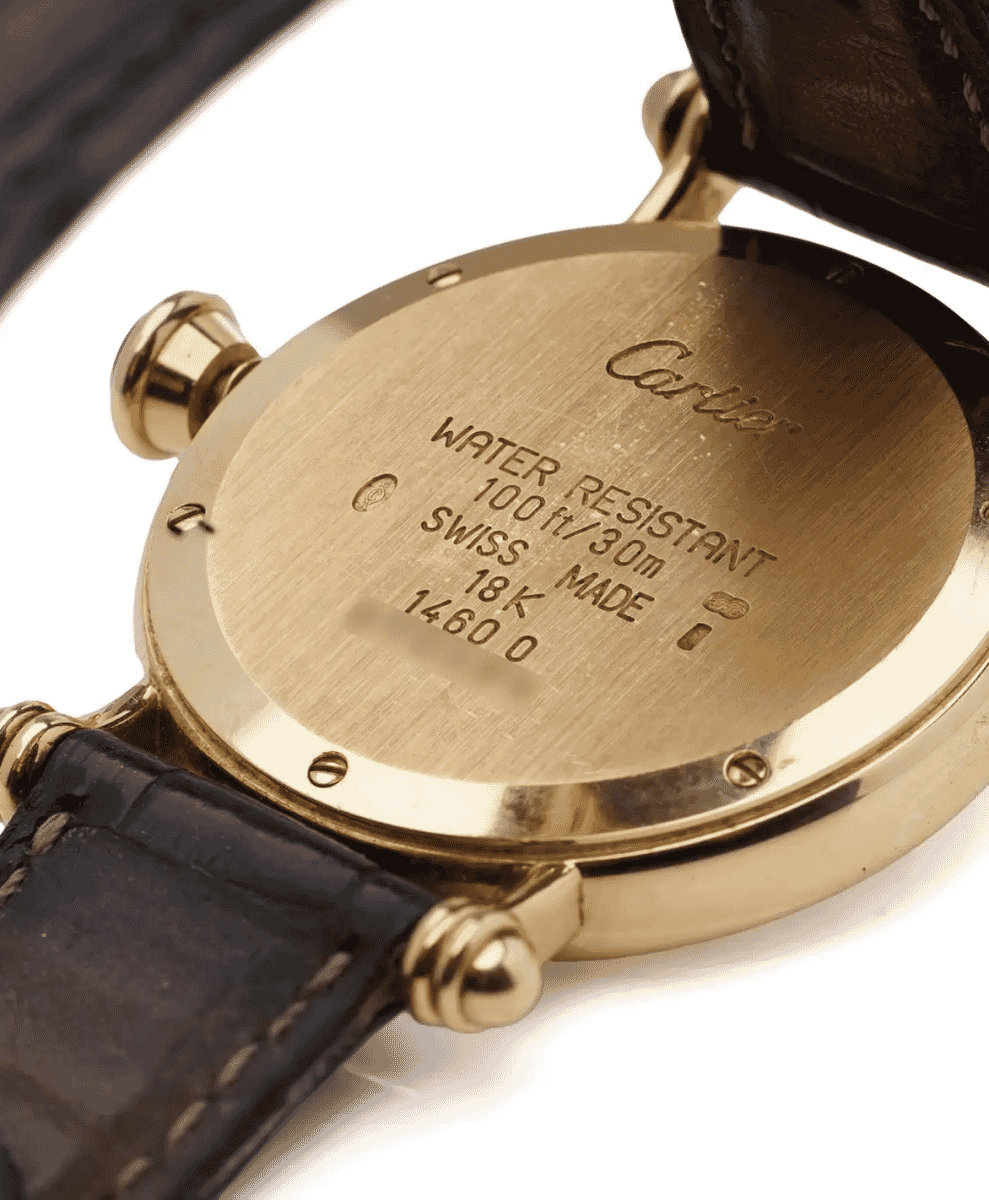
Cartier Diabolo
The Diabolo is one of those blink-and-you-miss-it watches – a limited-run model from the 1990s with a perfectly round case, domed crystal and distinctive crown. Alongside it are a number of quirky, lesser-known Must de Cartier references from the same era: square-cased Tanks, coin watches, even jump-hour designs. These oddities haven’t (yet) seen the same price appreciation as core models – which makes now a good time to buy in.
How much does a vintage Cartier watch cost?
Prices vary – a lot. You can still find a good vintage Must de Cartier for under £2,000, especially if you’re open to quartz and silver-gilt. Tank Louis models in solid gold start from around £4,000 and rise sharply depending on age, dial, movement and provenance. The rarer models – Cintrée, Américaine, Baignoire – can hit five figures with ease.
As always: buy the best condition you can afford, and don’t chase trends. Buy the one you’ll actually wear.

Where to buy vintage Cartier watches
Start with trusted dealers such as 1stDibs and the like. Some auction houses also have well-curated Cartier lots. If you're shopping online, check for high-res images, full descriptions, and ideally a service history.
Cartier itself has a restoration department and occasionally sells archive models through its boutiques. But if you're looking for the thrill of the chase, second-hand is where the fun is.
Next up: These are the best vintage Rolex watches to buy now.




